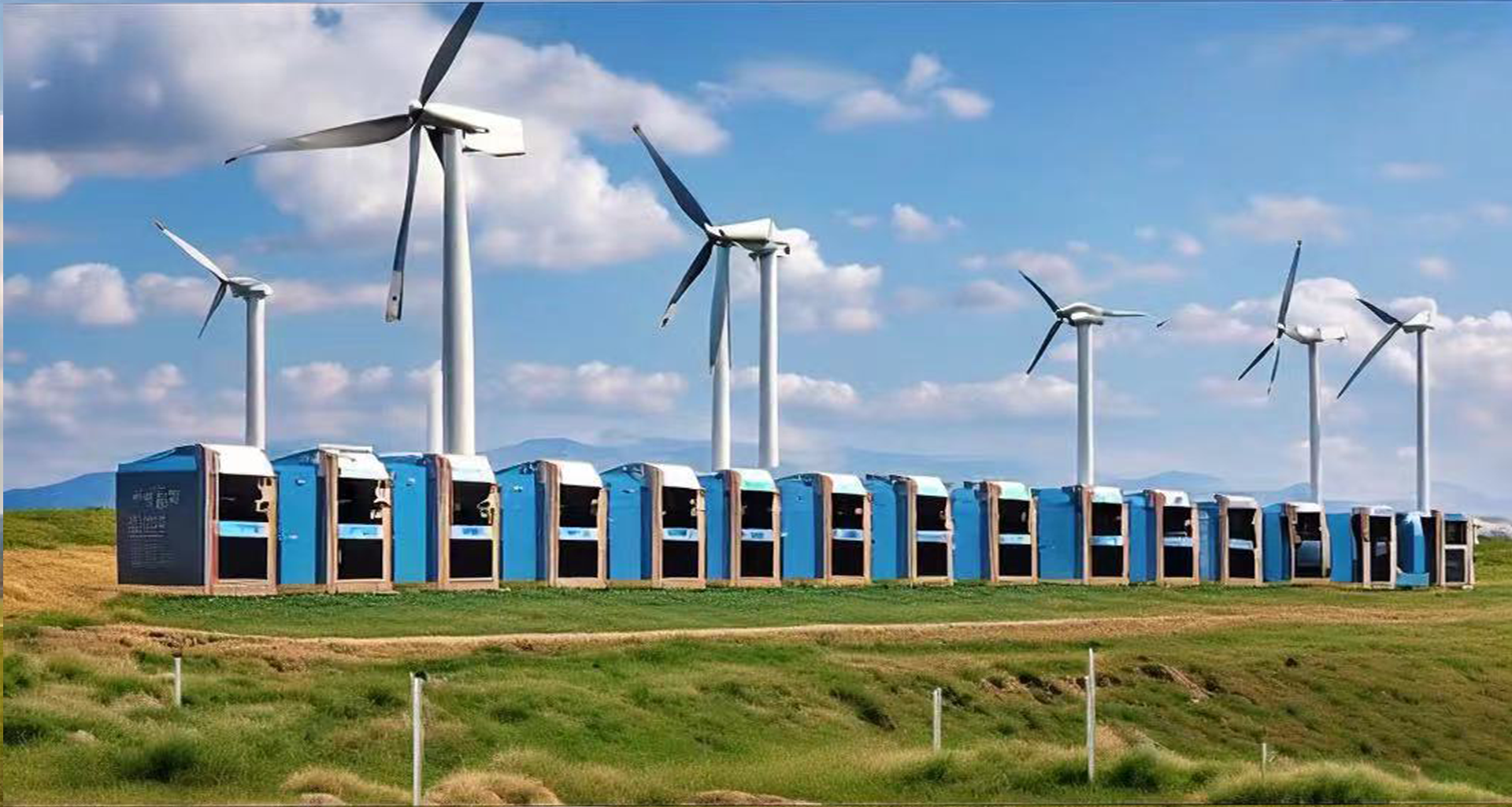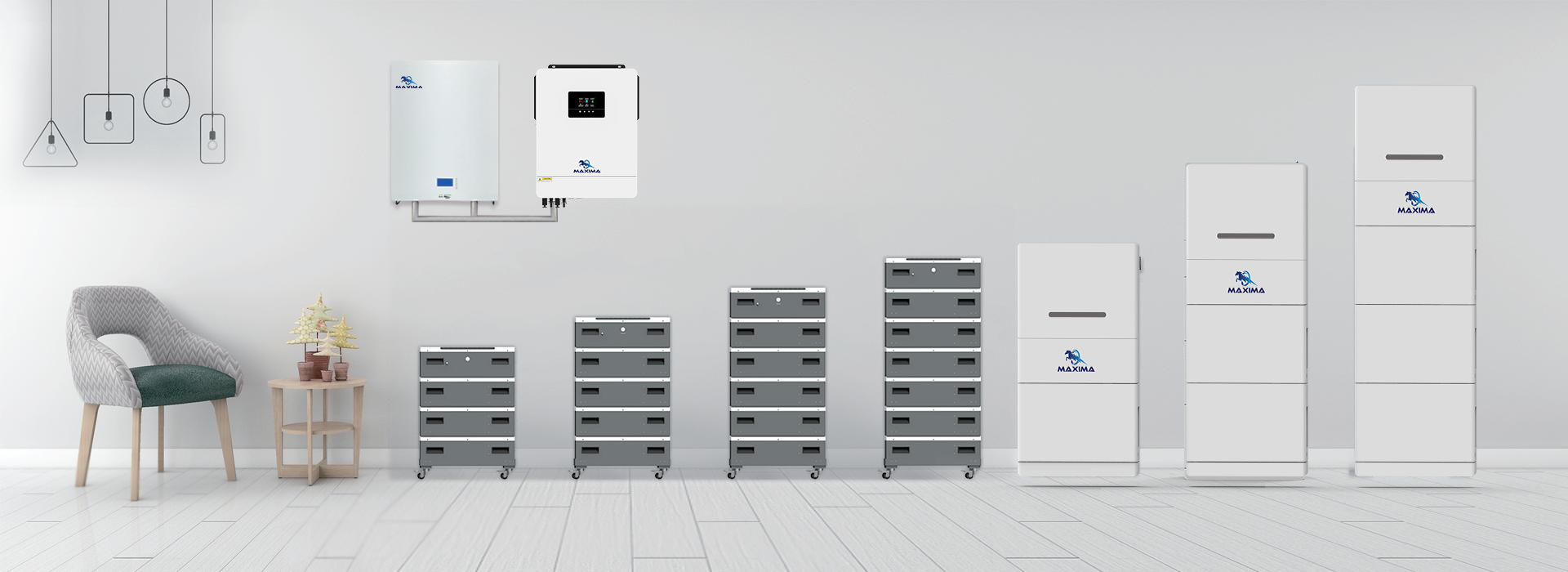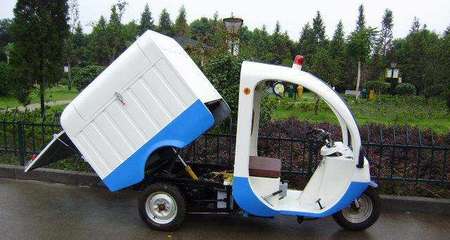How to choose a solar battery bank That's right for your home ?
How to choose a solar battery bank That's right for your home ?
Adding a solar battery bank to your solar installation can have several benefits. You’ll be able to survive power outages by running your home on just solar power, and you can use the energy stored in your batteries to power your home during peak usage times when electricity from the utility is more expensive.
We’re not quite yet at the point where battery storage can pay off its financial cost with savings on your electric bill, but you can’t put a price on the peace of mind you feel knowing that your solar panels and batteries will be enough to keep you warm and safe if (or when, if you live in PG&E territory in California) the power goes out.
If you’ve decided to get a home solar battery, but have yet to determine how much energy storage you’ll need, let’s dive in to figuring out how much battery capacity you’ll need.

How many batteries do you need to run a house?The key question to ask when choosing a solar battery bank is “how many batteries do I need?” The answer to that question depends on what you want to power, how long you think you might need the backup, and the type of batteries you choose.
What You Can Power With A Solar Battery BankIf the power goes out, what do you want your life to be like? If you need to have full power, you’ll be looking for what’s called a “whole home battery system,” which can keep your air conditioned, your food frozen, and your clothes dryer running, but not all at the same time (more on that below).
If you can get along with keeping your food cold and the lights on, you can choose to power “critical loads” only. That would keep the A/C and electric stove off, but run refrigeration, wi-fi, lights, and outlets to charge devices.
Calculating Your NeedsIf you’re looking to power your whole home during an extended outage, you’ll need to know your average usage per day. You can look at your electric bill or login to your utility company’s website to find out how many kilowatt-hours you use in a month or year.
If you’re looking at monthly usage, be sure to choose the month in which your usage is highest. You don’t want to lose power for three days in July and go without A/C because you didn’t choose enough battery capacity.
For our example of PG&E territory in California, it looks like usage for the average residential customer has two annual peak months, July and December, which makes sense, because that’s when you’ll be needing HVAC running. Those peaks hover around 675 kWh in a month, or about 22 kWh per day.
If you’re anticipating an outage in PG&E territory, you’ll want to pair your solar panels with at least 22 kWh of energy storage capacity. Oh, and make sure to calculate how many kWh your solar installation can make in a day, as well.
Critical Loads onlyAbove we showed how the average California home uses a peak of about 22 kWh of electricity a day during the months of highest use. But if you’re judicious and careful, you can drop down that usage to a minimum.
If you’re stuck going off-grid for a few days and you don’t think you’ll need to wash clothes or run the dishwasher, consider a battery backup with a “critical loads” panel. Your solar installer can wire up a battery system to keep a small number of your home’s appliances and outlets running.
You can run an electric water heater, LED lights and outlets in a specific section of your home to charge phones and keep your laptop running by using about 13 kWh per day. Here’s a quick rundown of how that works:
So if you want your whole house covered, you need 22 kWh per day, and for critical loads only, about 13.4 kWh. If you have enough battery to hold that much energy, you should be good for a day, but what about if it’s cloudy, rainy, or snowy?
Expected Length of OutageIn addition to how much power you need every day, you need to consider what happens if your solar panels aren’t generating much electricity for a couple days due to weather. Solar panels do still make electricity if it’s cloudy, but their production can be greatly reduced. That’s why it’s wise to have enough battery capacity to hold 2-3 days of usage needs.
If you’re looking to run critical loads, that’s 27-40 kWh, and if you want a whole house battery, you’re looking at 44-66 kWh. Now that you know how much storage you’ll need, it’s time to look at the kinds of batteries you can get to find the answer to the question we’re posing here: “how many batteries do you need to run a house?”
Types of Batteries That Work With SolarThere are three main types of batteries that you can use in a home solar battery bank:
Flooded Lead Acid (SLA) Deep-Cycle Batteries
Absorbent Glass Mat (AGM) Deep-Cycle Batteries
Lithium Ion Batteries
In order to determine how many of each kind you’d need, you first have to know a little something about how batteries work. Each individual battery is rated to produce a certain number of amp hours at a certain voltage.
So you might get a standard FLA car battery that can put out 12 volts (v) but is only rated to produce electricity for 200 amp hours (ah). Volts times amps equals watts, so it follows that volts times amp hours equals watt hours (Wh). To get kWh, just divide Wh by 1000 (read a bit more about volts, amps, watts, and watt-hours here).
Putting it all together: the 12V 200ah battery in this example can store 2.4 kWh of electricity. In order to store your, say 40 kWh, you’d need SEVENTEEN of these batteries. If you can imagine a big metal rack of 17 car batteries in your garage, you’re getting close, but let’s look at a real-world example
Lithium Ion Home BatteriesAh, we’re finally getting to the high-tech stuff. Lithium Ion batteries are the new kid on the energy storage scene, but the lithium revolution has been driving (no pun intended) everything from the electric vehicle revolution to the smartphone revolution.
And speaking of EVs, of course Tesla offers the most famous lithium ion home battery: the Powerwall II. But as we discovered last year at North America’s largest smart energy exhibition, everyone in the solar space either has or will soon have a home battery on offer. Panasonic, LG, Sonnen and everyone in between can hook you up with a handsome white rectangle (or more likely, rectangles) to hang on your wall and provide power enough for all your home appliances.
Advantages of lithium ion batteries for home solar storage:Lightweight and compact
Low-maintenance
Long lifespan (Thousands of charge cycles over around 10 years)
Can be discharged to as much as 100% of total capacity
Yes, a lithium ion battery like the Powerwall can store the electricity you need pretty efficiently, in a compact space, and work without much intervention for many years. The Powerwall II battery holds 13.5 kWh, so just just three lithium batteries is all you need to keep your critical loads running for 3 days, even without sun.







